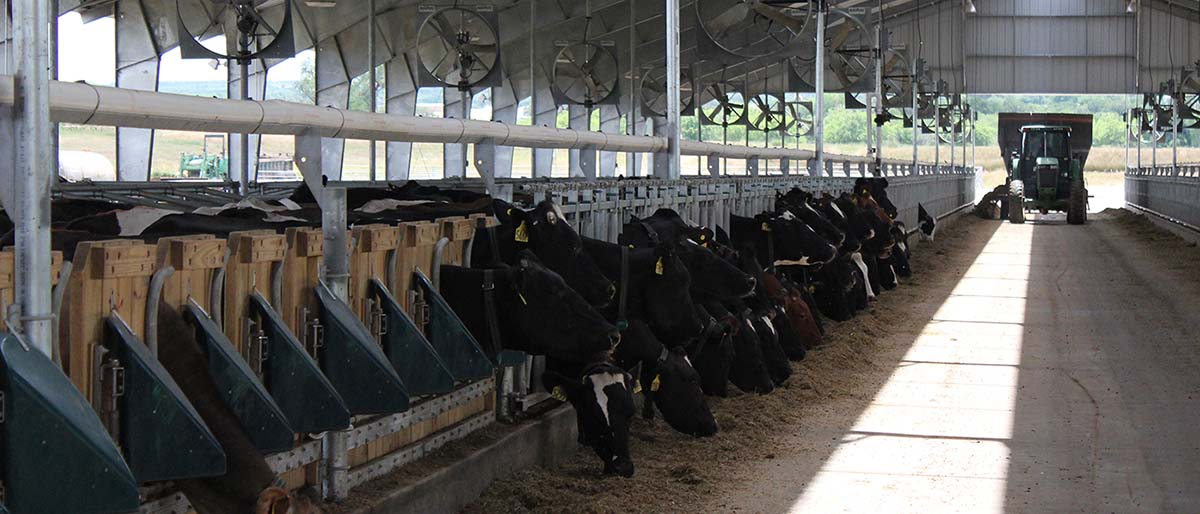What do dairy farmers have in common with Silicon Valley? They’re highly innovative, and have been bringing sophisticated technology onto the farm long before it was the cool thing to do! Farmers today are using a range of technologies to improve animal welfare, environmental conservation and production efficiency. Here are three ways dairy farmers are going high-tech, farming well ahead of the curve.
-
“Fitbits for cows,” aka electronic monitoring collars
Yes, you read that right. There are Fitbits for cows, but no, you won’t be seeing any cattle joining in on your next 5k!
Movement and rumination (the chewing of cud) are two key indicators of cattle heath. While a low count on our Fitbit may indicate a little too much time on Netflix, a low count for cattle can indicate potential health problems. With the use of electronic monitoring collars, data is sent over Wi-Fi to a software program, which determines if the cow is operating within a healthy range, alerting farmers of any cattle that fall below that range. This helps farmers save time identifying cattle that may be in the early stages of illness and unable to be diagnosed with the naked eye.
-
Robotic feed pushers
Have you ever tried eating without your hands? Sounds messy, doesn’t it? Cows don’t eat with their hands either, so to keep their “plate” neat and tidy, robots are lending a helping “hand.”
Most dairies feed their cattle in a barn, where the feed is placed in an alleyway and cattle reach through specially designed stall fences to eat. However, over the course of the day, cattle end up pushing the feed farther away and out of their reach. Robotic feed pushers are automatic robots that continually move through feeding alleyways, pushing the feed toward the cattle. They increase farming efficiency by eliminating the need for a farmer to stop his work to manually push feed back to the cattle.
-
Livestock waste recycling
While some of us would turn up our nose to cow manure, dairy farmers consider it valuable and another part of dairy’s natural nutrient cycle of nourishing animals, land and communities. Like water, manure is recycled to use in other ways on the dairy farm. Most farmers capture manure and reuse it as natural fertilizer for crops. Since many dairy farmers grow their own feed for their cows, they spread manure over their fields before a crop is planted or practice composting to apply to their crops or sell to local nurseries. This helps reduce the need for synthetic fertilizers. Learn more about how farmer re-use to practice sustainability.
There you have it – just three of the ways in which your local dairy farmers are using cutting-edge technology to help us enjoy amazing dairy products responsibly!




